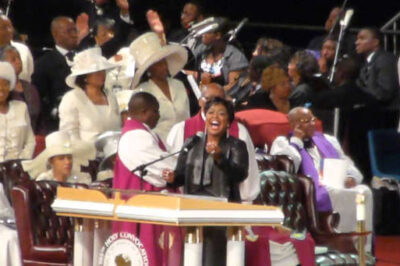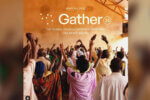Vinson Synan
-

Notable History: The Quiet Rise of Black Pentecostals
Note: In honor of Black History Month, we are reposting this article that appeared in the June 1986 issue of Charisma magazine. According to blackpast.org, the Church of God in Christ’s membership has risen to over five million members in the U.S. and it has become one of the world’s largest Pentecostal churches. Many people …
Notable History: The Quiet Rise of Black Pentecostals Read More »
-

Reviving the Classics
Traditional Pentecostals were among the first in our nation to embrace the baptism of the Holy Spirit. But have they kept in step with the Holy Spirit since? Charisma takes a comprehensive look at the classical Pentecostal community—both past and present.

Over the years, the Pentecostals have been called by various names. Although many of the first Pentecostal churches in the United States were known as “Holiness” churches, the first strictly Pentecostal groups used variations of the name “Apostolic Faith.” This was the name chosen by Charles Parham for his small group in Topeka, Kan., when Pentecost fell in 1901. When Parham’s African-American follower and friend, William J. Seymour, opened the famous Azusa Street Mission in Los Angeles in 1906 he also used the name Apostolic Faith.
In the years that followed, other names such as “Full Gospel,” “Pentecostal” and “Latter Rain” were used. At times, the public scornfully called these Spirit-filled believers “holy rollers,” a name universally rejected by adherents of the movement. Many of the new denominations used the word “Pentecostal” in their names, while others adopted more doctrinally neutral names such as Assemblies of God, Church of God, Church of the Foursquare Gospel, and Church of God in Christ.
For many decades, the Pentecostals were the outcasts of religious society. One reason for this rejection was that most of the first Pentecostal churches were planted among the poor and disinherited classes.
Recent Posts
- Why Everyone Needs to Brace for Cyberattacks Disabling U.S. Power Grids
- Nicaraguan Pastors Facing $80M Fines, Imprisoned After Huge Revival
- Sparking Global Revival: 25 Hours of Prayer and Worship
- The Squatter Explosion is All About Spiritual Warfare
- Kirk Franklin’s Dance Routine at Gospel Event Alarms Fans




